At last, something to celebrate
How do you douse a bin fire burning for more than nine months? There’s only one answer, and that answer is Champagne.
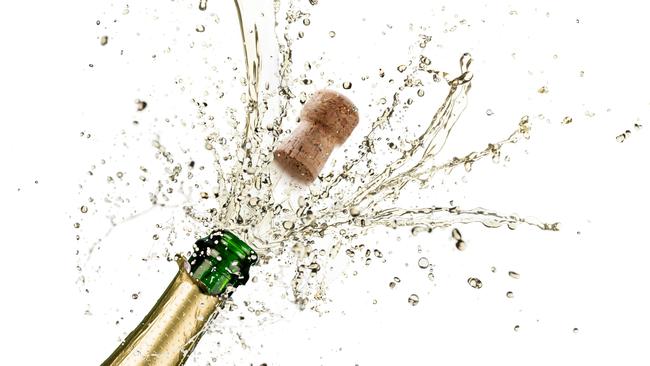
A good hose will put out a grass fire, flaming fat surrenders to a heavy pour of salt or baking soda.
But how do you douse a bin fire burning for more than nine months? There’s only one answer, and that answer is Champagne.
You’ll get no argument here that Australia makes some exceptional sparkling wines and the Italians can be forgiven their flood of prosecco when you drink Franciacorta from Lombardy.
Even the English produce some fine fizz, especially those that come from vineyards grown on the same bed of chalk that sits beneath the Channel and rises up again in Champagne, an ancient geological connection between the Island and the Continent that even the most fervent Brexiteer can’t sever.
But sometimes there’s just no substitute for the original and the best. Sometimes you’ve just got to say, “F--k it Dude, let’s go bowling.”
Here’s a few highlights from a tasting conducted by The Australian to help readers choose a suitable solvent to wash away the stain of this blighted year.
The go-to NV
Louis Roederer Brut Premier NV, $65
The non-vintage section of our bottle-shop fridges is the key battleground for Champagne sales in this country. It is dominated by the large Houses — the Grand Marques — and Australia spreads its affections across a tighter group of these Houses than most global markets. We all have our favourites and we stick to them. I have several, Charles Heidsieck and Pol Roger prominent among them, but a bottle bin audit at my place would show that Louis Roederer has been the House most at home in mine. Remarkably consistent and always overdelivering on quality at the price, the Roederer Brut Premier is always notable for its nervy freshness, subtle seam of toasty spice and crystalline precision on the palate. Immediately seductive from the first glass, increasingly complex by the fifth, this is, for me, the finest exemplar of the concept of reliable and repeatable pleasure that defines non-vintage Champagne.
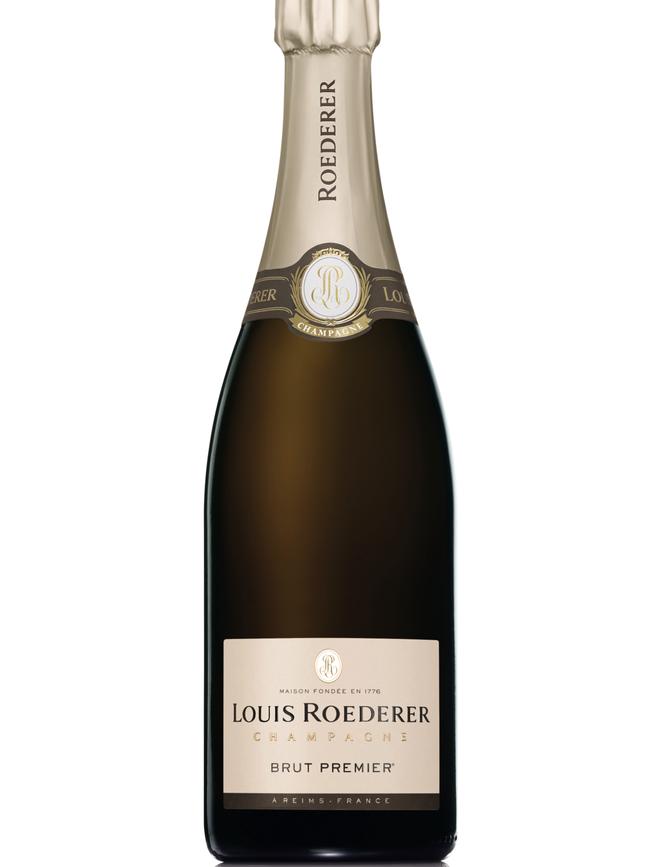
The beguiling beauty
Billecart-Salmon Brut Rosé NV, $140
Back when Keating was PM, grunge music was petering out and posers at parties bragged about having an email address, there were only two places in Sydney that sold this wine. One was the pre-Imperial Rockpool and the other was Five Way Cellars in Paddington, where I drew a wage and pretended to work. It was a small shop and it was the only Rosé champagne we stocked, the logic being if you can only have one, it should be the best. The pink fizz category has exploded since then but my fondness for the beauty of Billecart is undimmed. It smells of the wildflowers crushed by an outdoor tryst in spring sunshine, tastes of the macerated red berries consumed in the afterglow, and lingers on the palate like the memories of the long distant time when such things were possible.
Snapshots of gentler years
Gimmonet Special Club 2012, $145
Veuve Clicquot Vintage Brut, 2012
Louis Roederer Vintage 2013, $110
Taittinger Vintage 2013, $140
Wine is a memory you can drink, a remembrance of things past in liquid form.
Vintage champagne is born of the intention to capture the spirit of a season through the lens of house style and most producers currently have wines from the yin and yang harvests of 2012 and 2013 in the market.
2012 is a rightly lauded vintage and a timely reminder that good times can follow bad. Frost and the worst hail in 200 years in the early parts of the season limited yields and furrowed brows but what fruit did set on the vine was then treated to the kind of perfect ripening period the Champenois would pray to have every year if they didn’t fear tempting fate by being too greedy.
2013 hasn’t yet built the same reputation, a cool spring led to a later than usual harvest, but the best wines appear to have harnessed that slow ripening to build detail, complexity and fine flavour.
Pierre Gimmonet et Fils is a member of a Grower’s organisation, Club Trésors de Champagne, who rigorously peer assess nascent Champagnes from their members with only the best in any year being released as ‘Special Club’ bottlings.
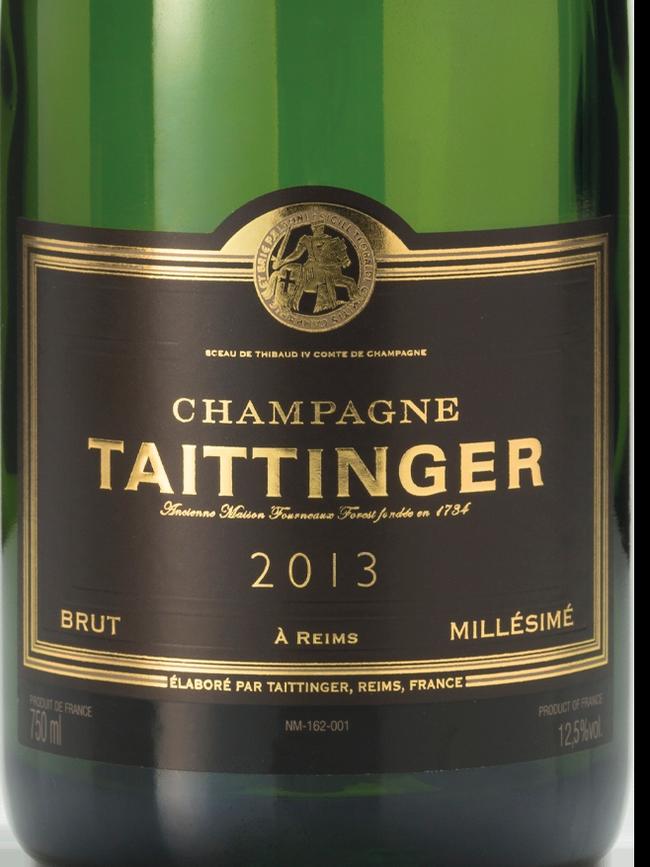
This wine proves the scrutiny pays off. It is graceful and poised, full of fine white peach and citrus characters with a seam of crushed oyster shell running right through it.
The Veuve Clicquot 2012 offers up nuts and apricots, beeswax and baking spices, It’s vigorous and lively across the palate, humming with an inherent energy before finishing with a fine saline clip.
The Roederer from 2013 is bright and energetic, full of candied citrus and woody spice. The dominance of pinot noir in the blend shows in its ripped musculature and long, layered finish.
Taittinger’s 2013, a 50-50 blend of chardonnay and pinot noir, is racy and alert, exploding with white florals, squeezed citrus and delicate spices. It’s invigoratingly fresh on the palate, balletically balanced and beautifully fresh and clean through the finish.
Great Growers
Larmandier-Bernier ‘Latitude’, $100
Laherte Freres Rosé de Meunier NV, $110
While the big names still dominate the Australian market for Champagne, the number of wines from small growers available in this country has grown extensively over the past decade.
While Big Champagne uses its reach right across the region to tell consistent, crafted stories, the wines from small growers are snapshots of specific sites, intricately threaded with the philosophies and personalities of the individuals who made them.
Pierre and Sophie Larmandier have long been leaders of the Grower Champagne movement, biodynamically farming older than average vineyards across the Côtes des Blancs. They make wines that speak more of geology than botany, minerally textured wines that give the impression sherbet is mined, not manufactured.
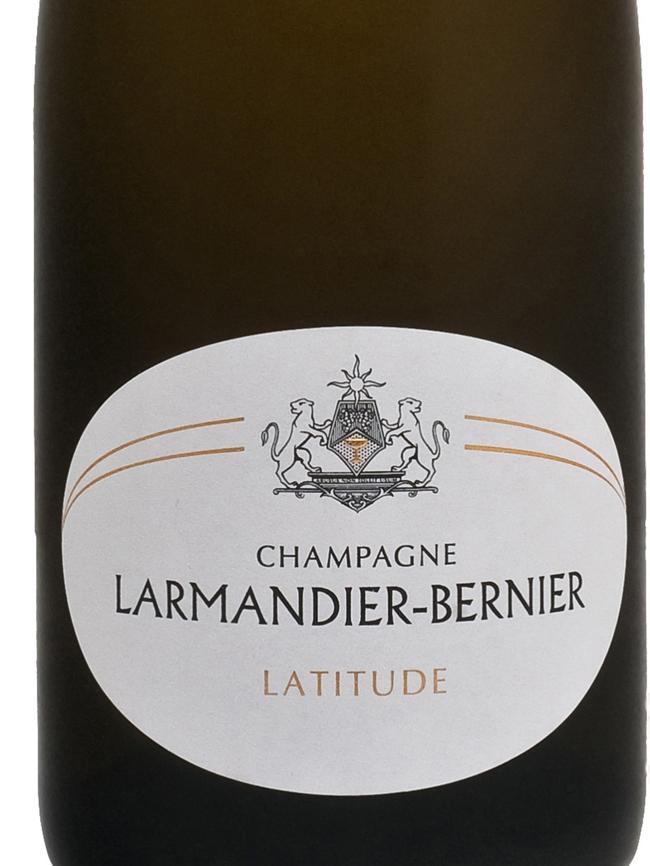
The “Latitude” cuvee comes from chardonnay vineyards grown along the same latitude on the southern side of the home village, Vertus. It has a squeeze of citrus freshness, some toasty complexity from oak maturation of base wines and the distinctive crystalline crunch for which they’re known.
Aurelien Lahertes, another bright star in the Grower firmament, chooses to celebrate the often underappreciated “third wheel” of Champenois viticulture in his idiosyncratic rosé.
Pinot meunier fruit is handled three different ways — racked off skins immediately and made as white wine (60 per cent of the blend including “reserve wines”), macerated briefly on skins then bled off as pale pink stained juice (30 per cent) and the remaining 10 per cent is made into red wine — and brought together in a wine that bristles with redcurrant and wild berry fruit, offering levels of vinous complexity uncommon in the frivolity-favouring pink fizz category. It’s rosé for grown-ups and utterly intriguing.
The naturally naked one
Billecart-Salmon ‘Brut Nature’ NV, $140
Dosage, the process of adding a small sugar solution at bottling to slightly soften the impact of Champagne’s vigorous natural acidity, is one of the dark arts of Champagne production. It’s not necessarily perceived when done well, but what happens when winemakers choose to proceed without it?
You get a wine like this bracing, invigorating, thrillingly energetic and mineral edged offering from Billecart-Salmon. It delivers green apple skin and squeezed citrus characters, underpinned with shortbread toastiness from time on lees and bristles with a quartz, softly saline acidity. The only palate immune to invigoration from an aperitif like this sits in a mouth glued shut by a mortician.
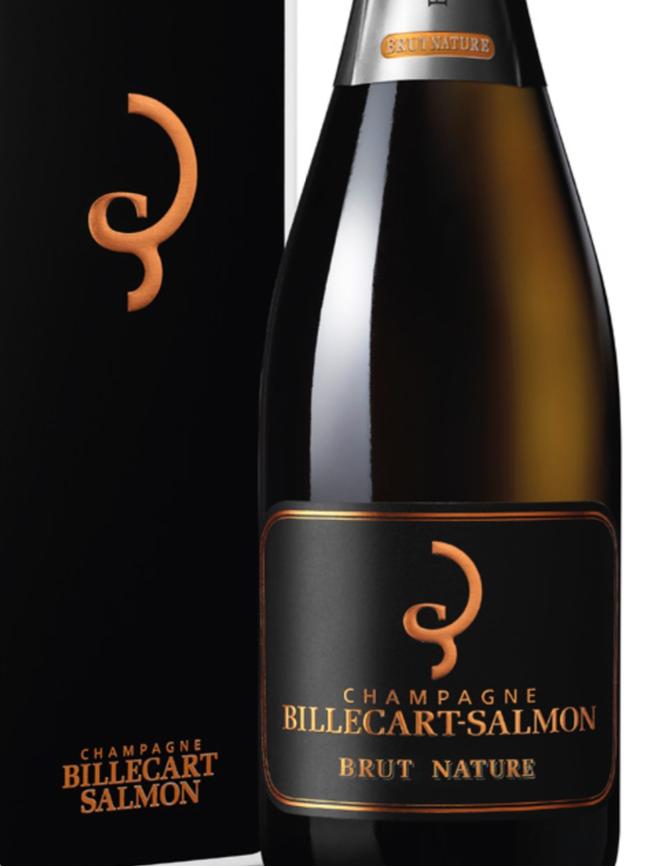
A new discovery
Champagne Bonnaire ‘Blanc de Blancs’ NV, $90
Only recently imported into Australia, Champagne Bonnaire is a family owned small house in Cramant, south of Epernay in the Côtes des Blancs. This wine is made entirely from chardonnay sourced from Grand Cru vineyards in Cramant, Cuis and Oiry. It’s a fleshier style than some others, with a fluffy fullness to it that makes this a really satisfying counterpoint to the Calvinist austerity of many Blanc de Blancs. It offers up aromas of clotted cream on toasted brioche, delicate white peaches and citrus blossom, builds confidently across the palate and finishes pure and clean. A welcome new addition to the Champagne shopping list.
The Pure Pinot
Gosset Blanc de Noirs
Champagne made entirely from pinot noir delivers its own unique pleasures and this example from the oldest Champagne House still in existence is a hedonistic delight, an effusive expression of forest berries, pain d’epices and creamed honey. An indulgent seven years maturing on its yeast lees imparts cavernous complexity, the wine revealing itself in almost endless layers. It is a Champagne for serious contemplation and reflection. It haunts dreams.
The Statesman
Pol Roger ‘Sir Winston Churchill’ 2009 $350
When people assume my dog, Winston, was named after the cigar-chomping polymath whose surname became an adjective, they’re only half right. He was actually named after the Champagne that shares the name.
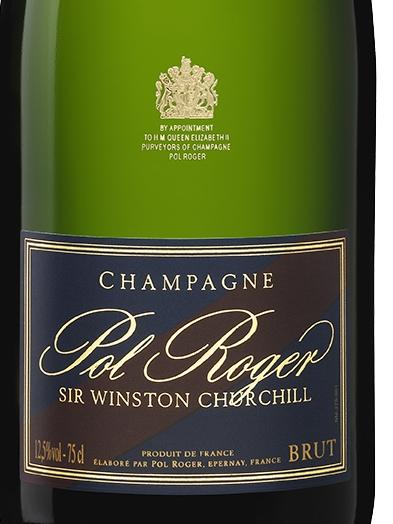
Pol Roger’s prestige cuvee would be one of the first things stocked in my desert island cellar, and my love for its poise, precision and deftly deployed power is almost as long as it is deep.
Baked quince and poached pears, warm spices and the heady scents of the patissier’s oven on the nose, enlivening fresh citrus too. The palate is muscular and layered, the finish long and invigorating. Slightly more open and immediate than the peerless 2008 it follows, it is nonetheless a “Winnie” of the first rank and more than worthy of the imposing moniker it carries.
And then there’s Krug …
Krug Grande Cuvee, $300
It should really suffice to say: “Because it’s Krug”. While all the other wines here were selected from a larger blind tasting, this was tasted in isolation. That’s because there is Champagne and then there is Krug.
A mountain stream and the Atlantic Ocean are both bodies of water and beautiful in their own ways, but comparisons end there. Krug is Krug first and Champagne second.
This is the 168th incarnation of the House’s signature cuvee and it’s as good as it gets. Built on a base of the 2012 vintage, tuned with a vast array of reserve wines stretching across ten other years, this is classic Krug. It’s a head filling, swoon inducing, fever dream of baked brioche, candied citrus, white truffle, and a lost afternoon in byzantine alleyways of an ancient spice market. Power, richness, and complexity dialled up to 11, with the precision and restraint that makes it look effortless.
A life lived without at least one glass of Krug is a life wasted.
